Virtual Reality (VR) and Mixed Reality (MR) are rapidly evolving technologies that are mainly used for entertaining and gaming. Will 2023 see a significant expansion of the industry? Will we see the expansion into the day to day world of work, healthcare and elsewhere? Let’s see.
First, what the heck are we talking about in terms of VR?
Look Ma! No Wires!
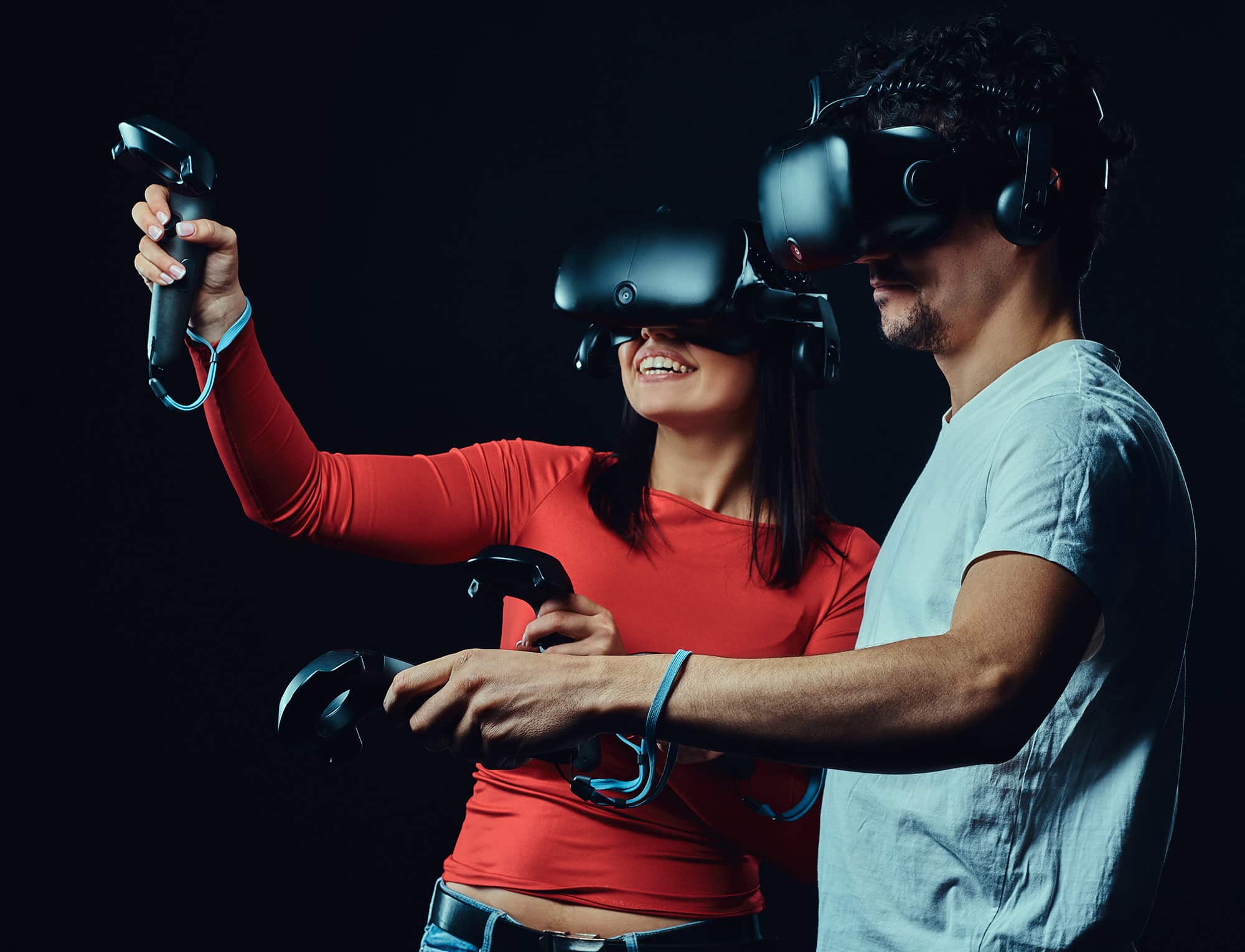
The VR industry has made significant progress in recent years, in particular with the development of standalone headsets that do not require a tethered connection to a computer. These more mobile friendly headsets use sensors and motion tracking technology to allow users to move and interact with virtual environments as if they were physically present. This means the wires are mostly optional.
Mixed Reality – Because No One Likes Saying “Augmented” Reality
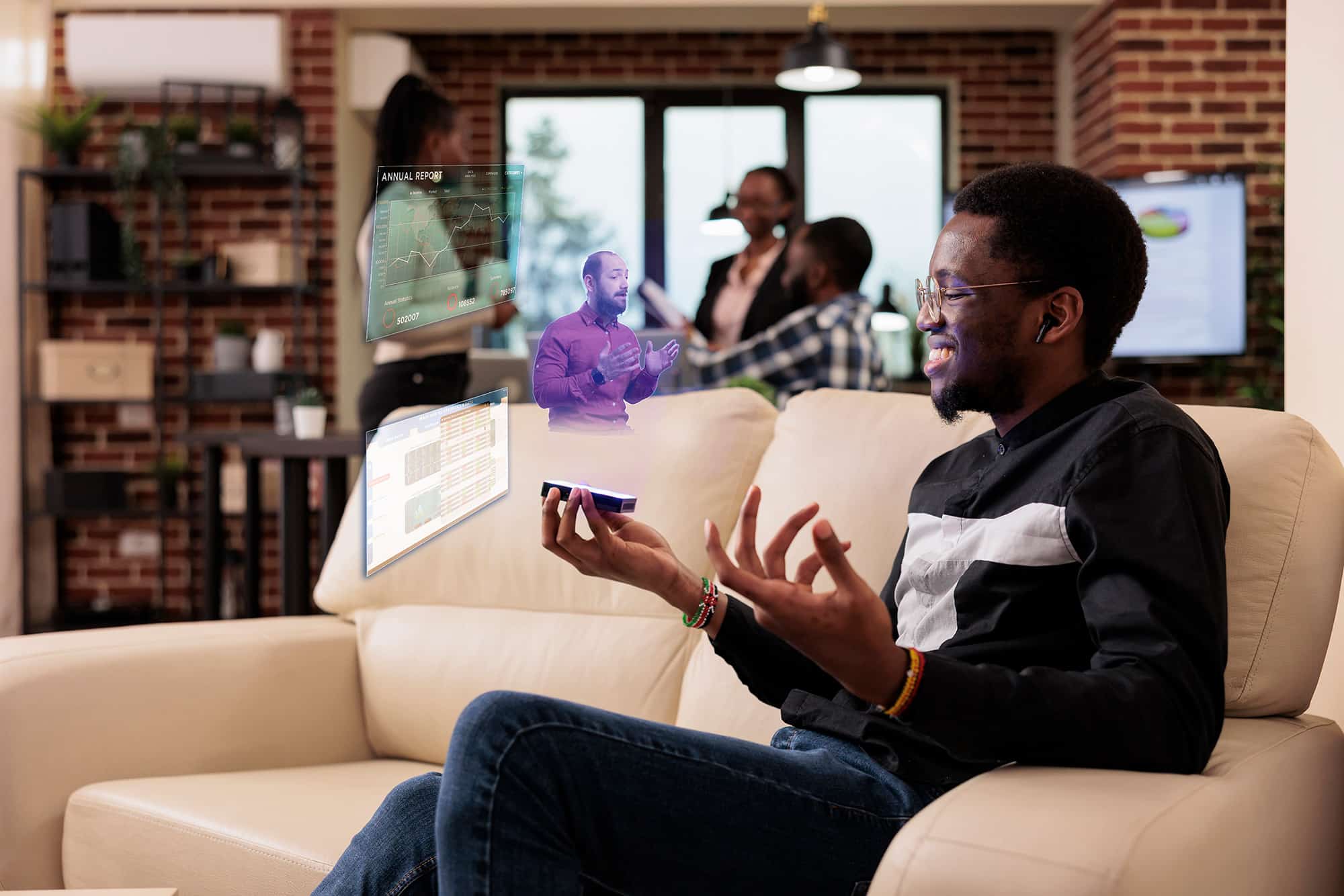
Mixed Reality (MR) technology combines elements of both VR and the real world, allowing users to interact with virtual objects and environments as if they were physically present. MR technology is used in a variety of applications, including gaming, training, and visualization. This is also where Augmented Reality lives. The MR industry has some compelling entrants and it is expected to grow significantly as Apple sets foot within it.
However, Apple has yet to release their MR headset and though publicly they may cite supply chain issues. Bu we wager that to some extent competitors like Meta, Nreal, Rokid, that offer likely competing products that have something to do with Apple’s delayed entry. They offer you a mixed or virtual display and extension of your smartphone screens and capabilities at a very affordable price.
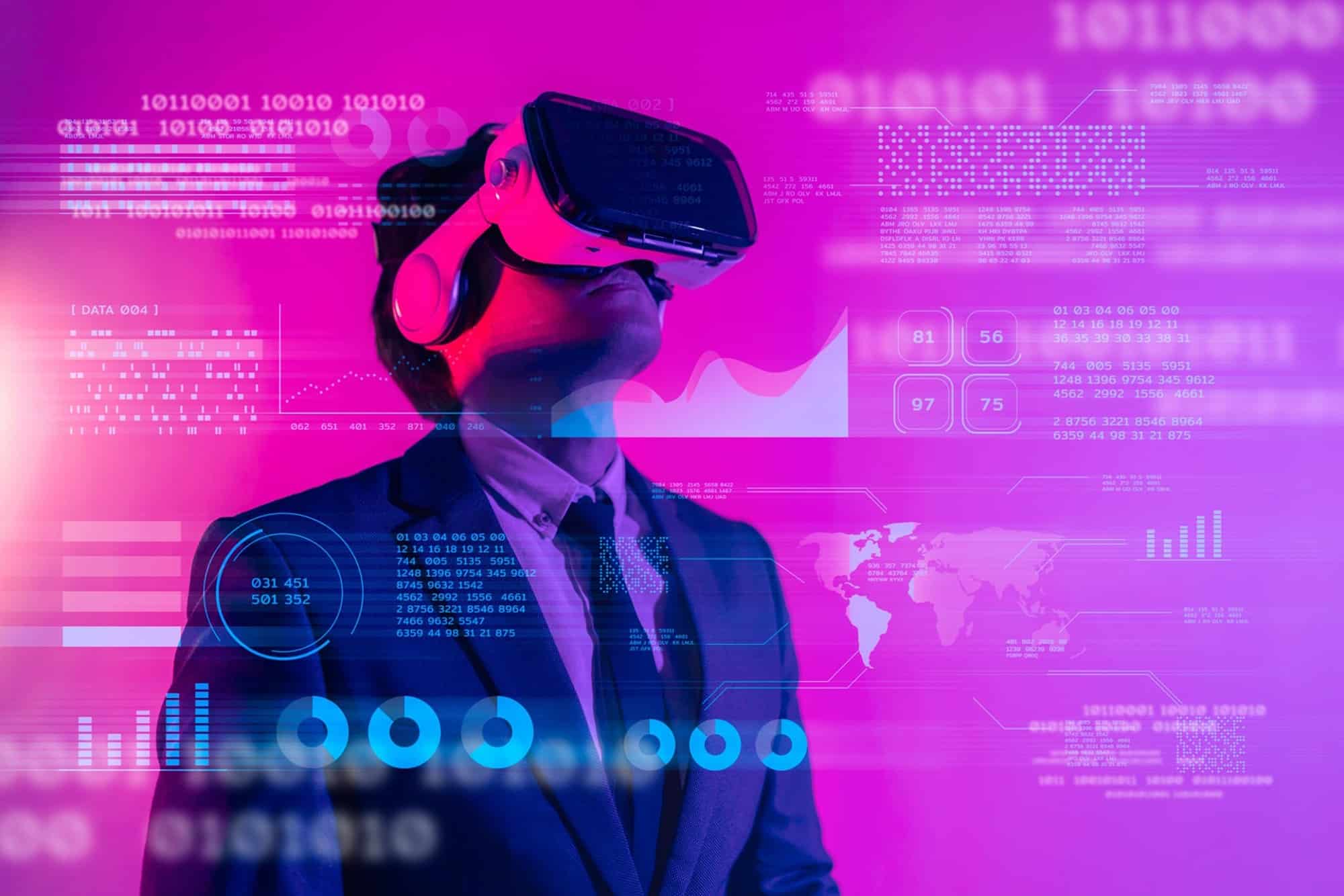
For consumers and businesses, investing in a VR headset before Q3 of 2023 is a fool’s errand. The shelf life of headsets and lack of standardization in UI mean there are still sacrificial lamb devices yet to be introduced. And those devices will have a short shelf life.
3 Big Challenges For the VR/MR Industry
The VR market continues to grow, but there still remain some important challenges to address for the adoption curve to really accelerate.
Challenge 1: The Pixel Problem
“I’ve got a fever and the only prescription is more pixels.”

In order to increase adoption, VR and MR need to be ready to become a central computing interface for all sorts of work. The primary promise of these devices is the near infinite, 3 dimensional landscape in which users can interact. But even simple functions like having 4K virtual screens remain out of reach for the current generation of hardware. So if you’re looking to work in a VR or MR environment, you will be downgrading your monitor experience to 720P or less, and that is unusable for many.
The solution requires delivering greater pixel density in super-responsive displays while improving overall performance. This also requires workhorse video chips that are on the way, but not here yet.
Why is this a challenge?
This is a barrier to mass adoption. When a VR/MR headset can replace a physical office and high definition multi-monitor computer setup, it will be a major accelerating force for the space.
Current workarounds include fancy algorithms designed to render what is in focus in higher fidelity. The Meta Quest Pro product lowers the refresh rate of pixels out of the main field of view. But there are still issues with standalone units in terms of responsiveness and immersion.
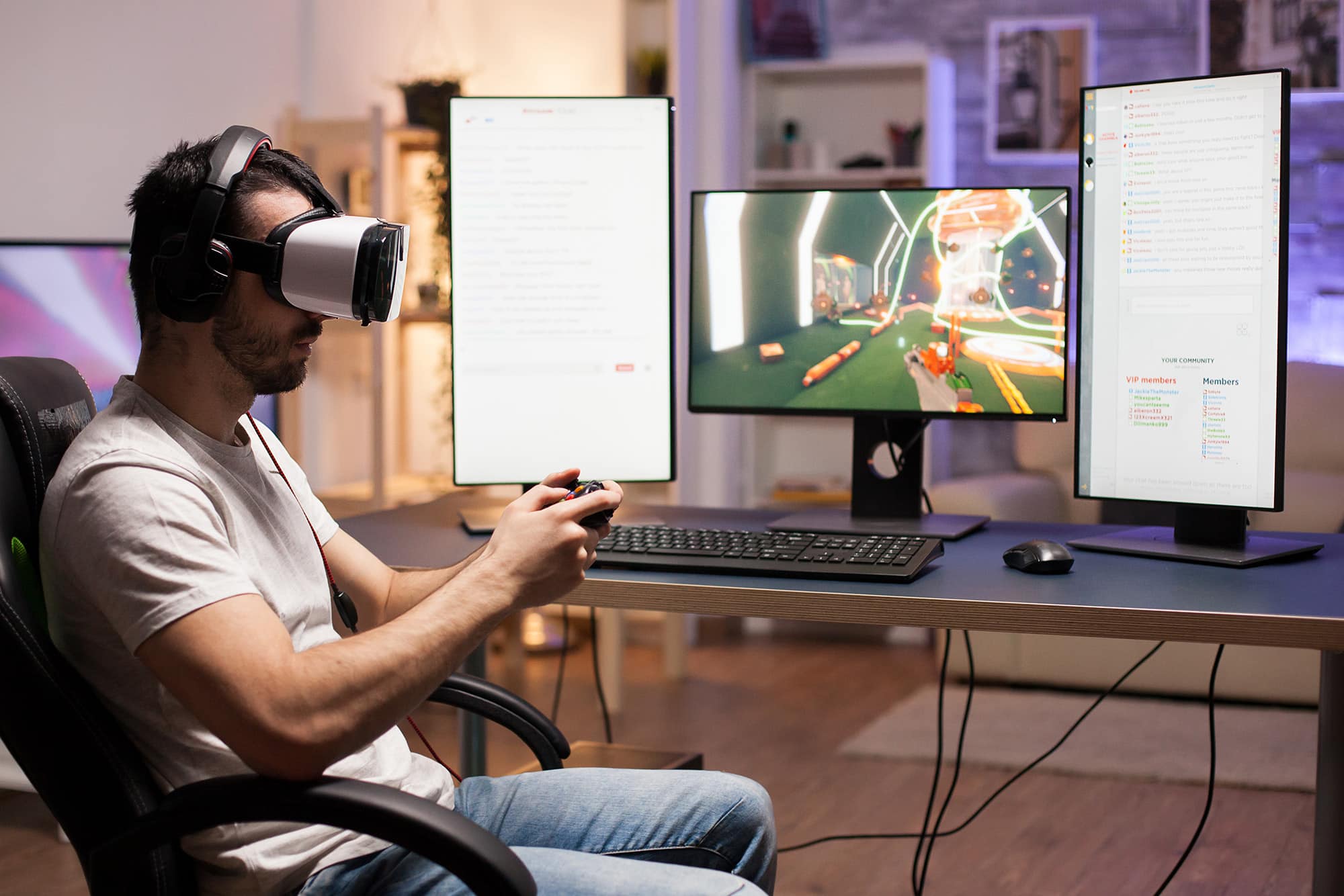
Challenge 2: The User Interface and Avatar Problem
Houston Wii have a problem…with our CRINGY avatars
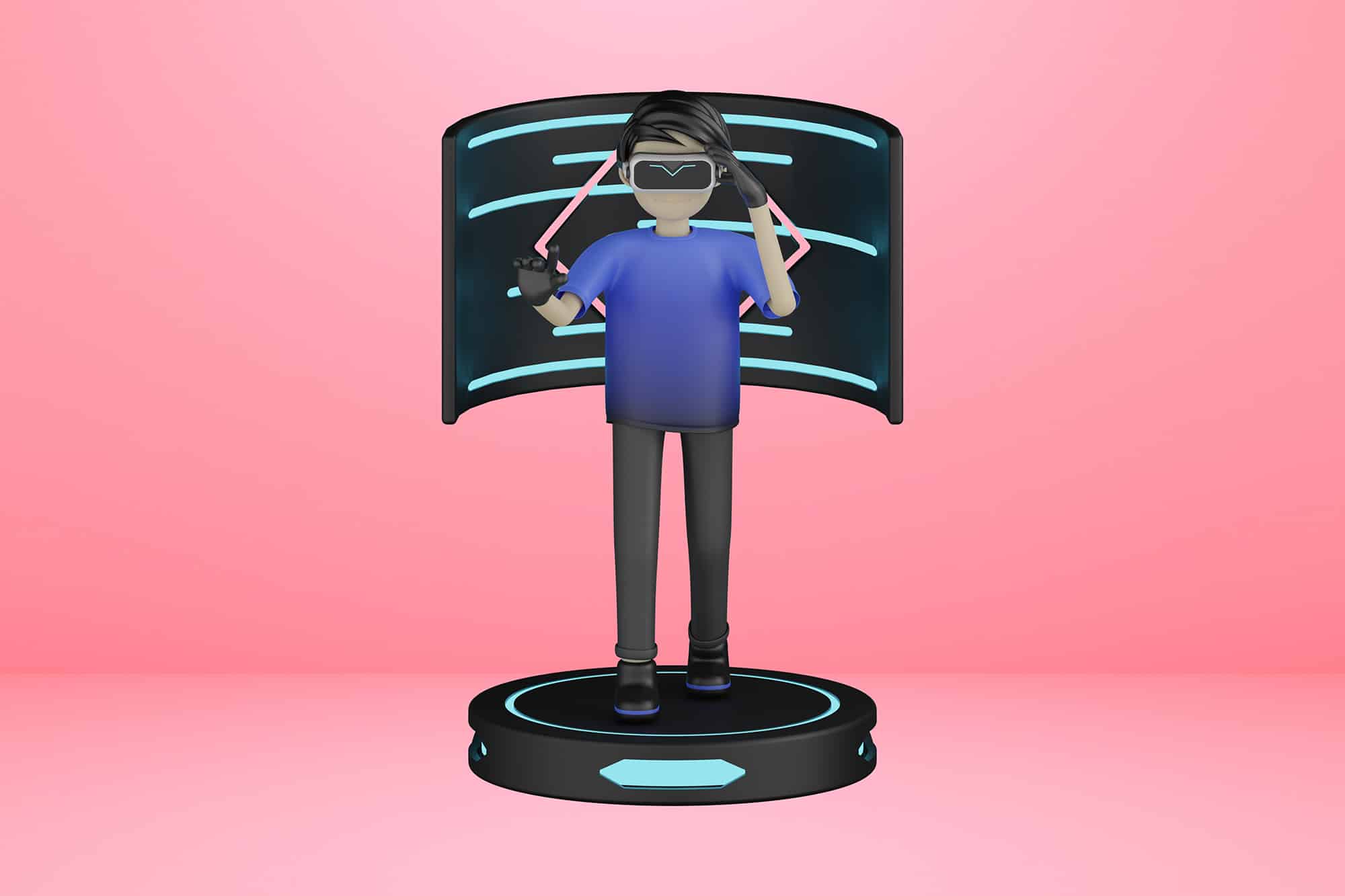
The video game industry, which dominates the graphics industry, is approaching perfect photo realism as the consumer standard. So in the VR space, offering user interfaces and avatars that look like Nintendo Wii or Apple’s emoji characters is not going to be a compelling offer to users.
The virtual offices and meeting spaces also look like a computer game from the mid 90’s, and few people are going to downgrade their work and game spaces for a VR digital slum. The industry can definitely do better here, but has chosen to focus on other challenges (for now), and this may be an overlooked priority.

Challenge 3: The Weight & Eye Strain Problem
The weight of the virtual world is not on your shoulders, it’s on your head, neck and eyes.
If you haven’t used a VR headset, you may not know that weight and screen performance are important factors especially for prolonged use. And last we checked, the average gaming or work sessions aren’t exactly short. If in 2 hours or less you’re taking off a VR/MR headset with neck pain, motion sickness and a headache, that’s not exactly the Ready Player One scenario most gamers and business owners are hoping for. The devices vary in weight and are said to be fine for those with great posture, but that’s an ever shrinking minority of the population and workforce.

Honorable Mention Challenges:
- Display glare – Some headsets show glare like an LSD trip
- Tracking lag – AKA how to get motion sick really fast
- Lack of hand and eye tracking (having your hands full at all times is a drag)
Aside from the various additional challenges, these 3 main challenges mentioned are all interconnected. The industry has the technology to address all of these issues and balance them, but it is held up by the investment required and a pacing set by standardization in user interface and software. And this is where Meta has not received due credit for its efforts investing in the space. It has created compelling and affordable hardware but chose to neglect the user interface for whatever reason. And you can bet that Apple has been paying attention to Meta’s efforts.
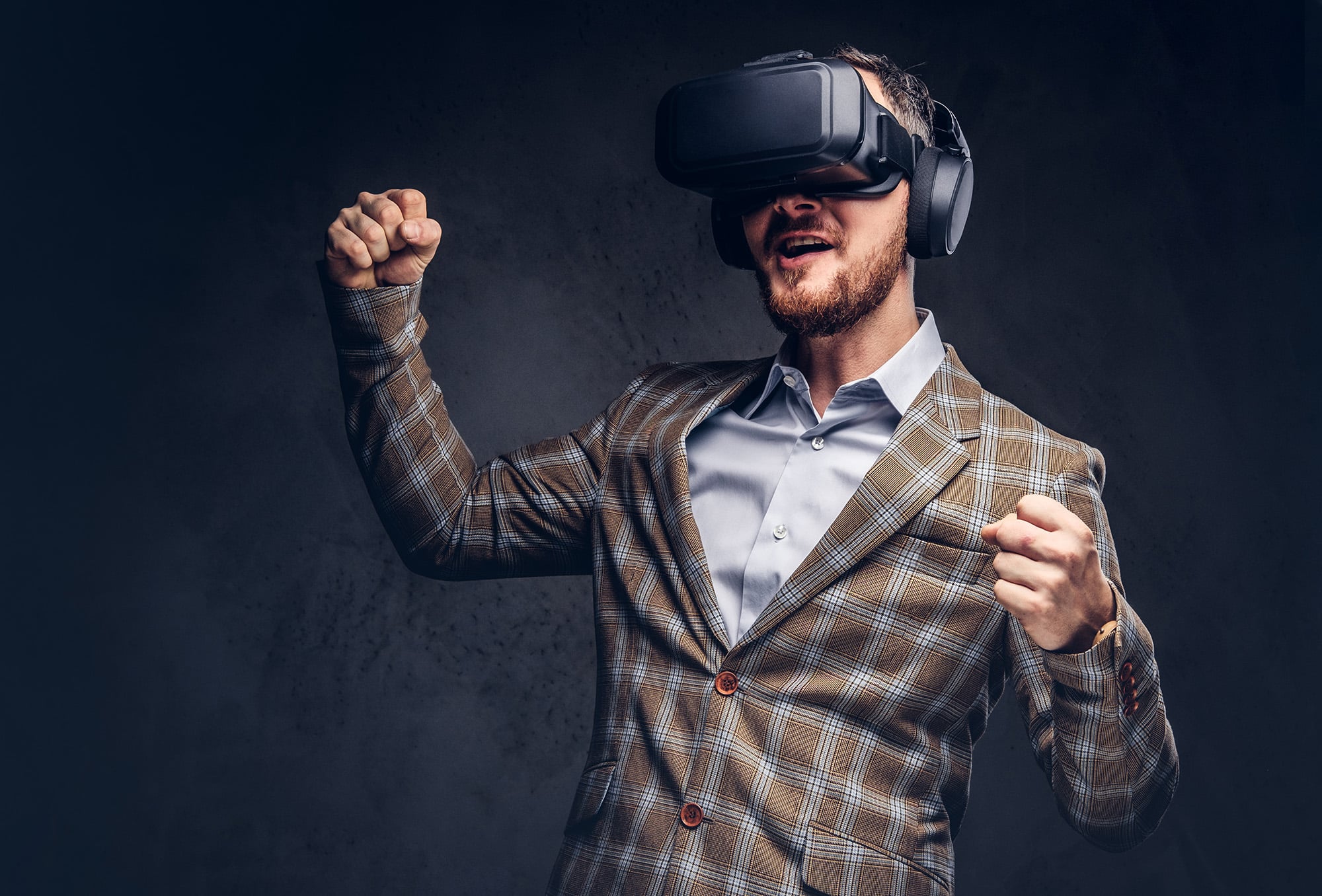
The VR industry is waiting for Apple to arrive at the party, to use their entry as a baseline of comparison. And simply put, Apple is late. However, Apple is known to enter with a more complete product, not a consumer experiment or novelty as Google and others routinely demonstrate. Apple’s approach is more methodical and focused on balancing performance, cost, design, interface, software and experience. This approach allows them to provide a compelling offering while commanding a premium price. 2023 we will see the industry crawling forward while prodding Apple to get into the game before it really starts to run.
Overall, the VR and MR industries continue to ramp up and have the potential to revolutionize the way we interact with and experience the world around us as well as the virtual worlds we will build. While there are still challenges to be addressed, such as improving the user experience and reducing the cost of hardware, the future looks bright for these technologies.
TLDR: Wait for Apple WWDC in June with a product release by Q3 2023. That’s when the fun will start.
What are the Most Important Things Your Organization Can Do To Be VR Ready?

ORGANIZE THE BUILDING BLOCKS FOR WHAT’S COMING
- Organize your digital assets – all the pixels, posts, and content that make up your organization will need to be made ready for integration on a new channel.
- Develop a digital asset management system (DAMS) – This is an essential system that makes integration and distribution on new channels like VR/MR much easier.
- Work on your Knowledge Management Systems – You need systems of systems, and a starting point for your persistent digital universe (PDU). There is likely a lot of information swirling around your business that will need to be utilized in new spaces and in new ways. This can’t be done without the system to wrap your head around it.






